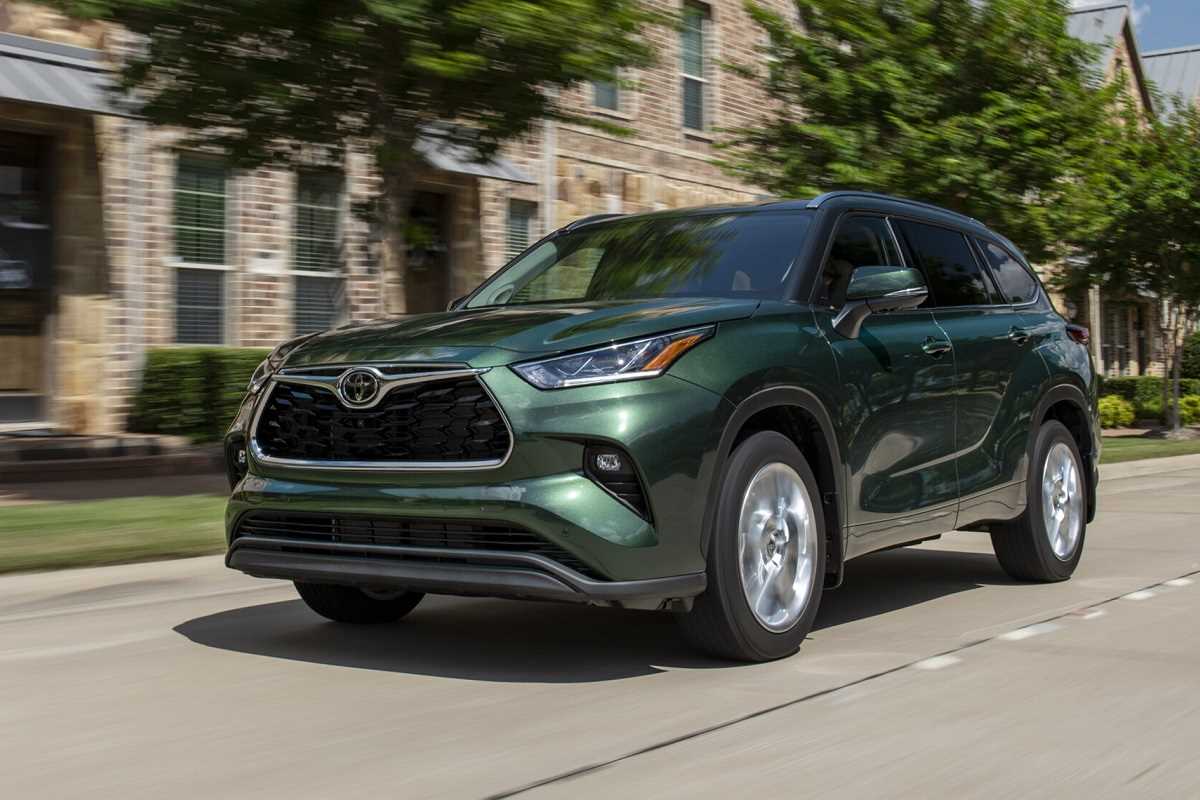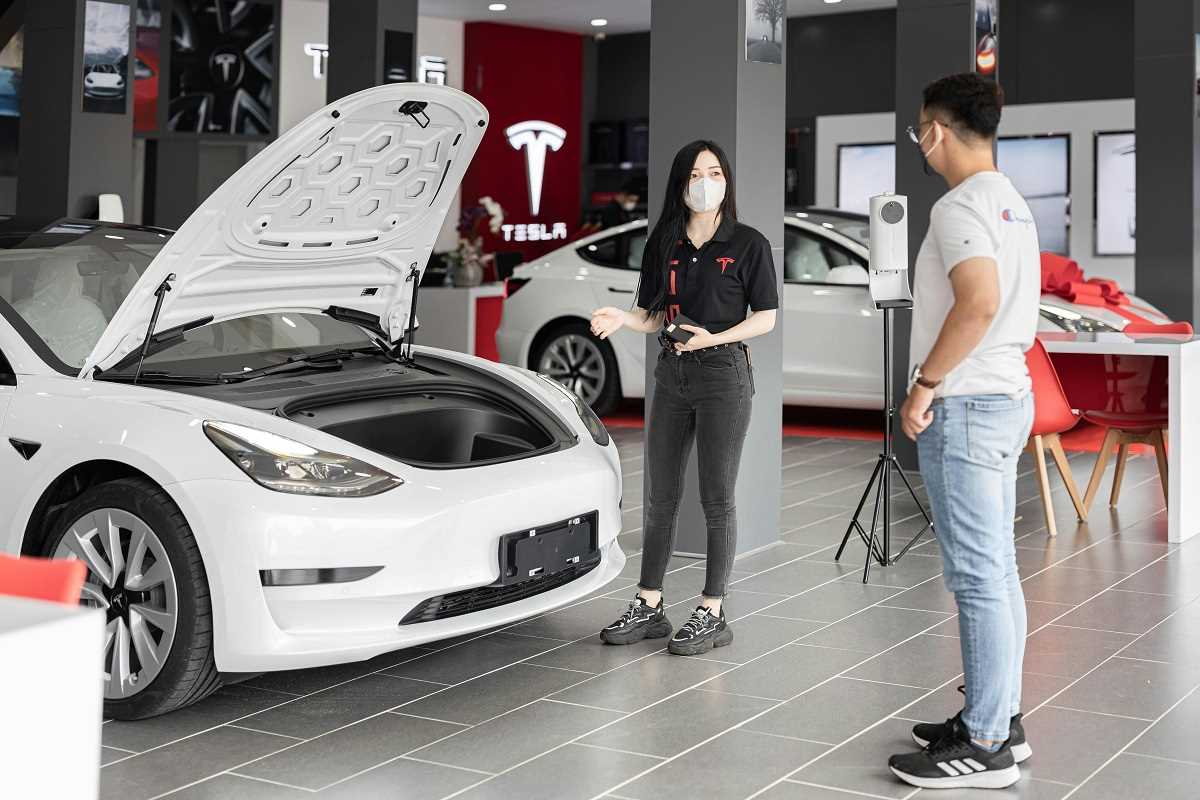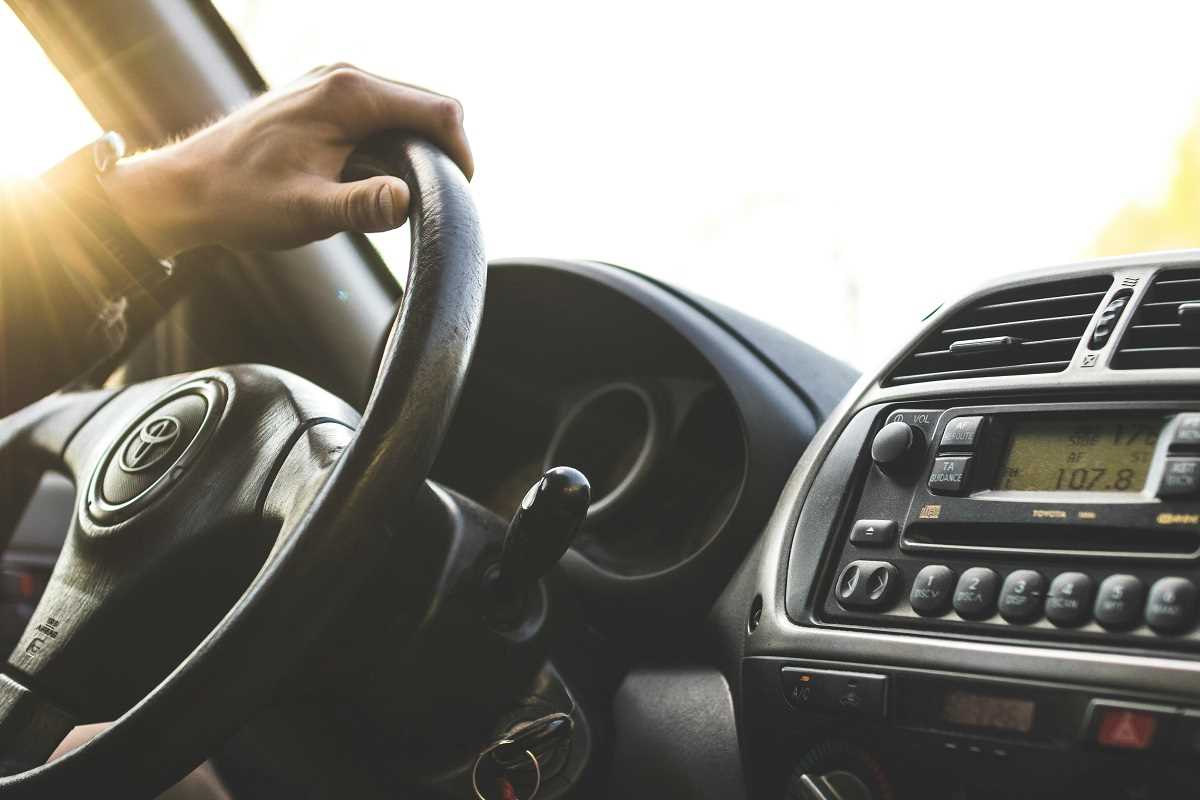Deciding on a new or used car is a significant commitment that requires careful consideration. While it’s easy to be swayed by the aesthetic appeal or advanced features of a vehicle, a test drive is an invaluable step in the car-buying process that should never be overlooked. Here’s why taking the wheel before signing the deal is crucial.
Experiencing the Ride Quality
- Understanding Ride Dynamics: One can’t truly grasp the ride quality from specifications alone. Every car handles differently, and driving it yourself helps assess comfort, steering responsiveness, suspension, and overall driving dynamics.
- Performance Evaluation: A test drive reveals much about a car's performance, from how it accelerates on a highway ramp to how smoothly it handles city potholes, ensuring the vehicle fits your driving habits.
- Feel for Handling: You’ll get a firsthand sense of how the car reacts to different driving conditions, such as turning corners or navigating winding roads, which is crucial for your everyday driving experience.
Assessing Comfort and Ergonomics
- Driver’s Seat Comfort: Sitting in the driver's seat can tell you a lot about the ergonomic design of the car. This includes accessibility of controls, comfort of seating, and legroom both in front and back.
- Real-World Space Evaluation: What looks spacious on paper might feel different in reality. During a test drive, you can check for visibility issues and blind spots, which are critical for ensuring safety and comfort, particularly for regular commuting or long drives.
- Passenger Comfort: Consider how your passengers will feel as well. Ensure that back seat legroom and headroom are adequate for friends or family who will ride with you.
Confirming Functionality of Features
- Testing Technology: Modern cars come loaded with technology and features best evaluated in person. Test the air conditioning, audio system, navigation, and connectivity options like Bluetooth and smartphone integration.
- Safety Feature Assessment: It’s also a chance to test safety features such as reverse cameras, parking assists, and lane-keeping technology. Assess whether these features enhance the driving experience or create distractions.
- Intuitive Controls: Evaluate how easy it is to use controls while driving. Are the buttons and touch screens easy to access? Do you need to take your eyes off the road to make adjustments?
Checking for Potential Red Flags
- Uncovering Issues: For used cars, a test drive can help uncover underlying issues that might not be apparent during a visual inspection. This includes checking for odd engine sounds, testing brake responsiveness, and ensuring the transmission shifts smoothly without hesitation or noise.
- Behavior on the Road: Observe how the car behaves on the road. Are there any vibrations, pulling to one side, or strange noises? This can provide insights into its maintenance history and potential future needs, which is critical for budgeting post-purchase repairs.
- Documentation Review: Take note of any dashboard warning lights. A good test drive will include checking for any check engine lights or alerts that could indicate maintenance issues.
Verifying the Fit for Your Lifestyle
- Lifestyle Compatibility: A car might meet all your criteria on paper, but it’s the test drive that tells you if it truly fits your lifestyle. This includes checking if the car fits in your garage or parking space.
- Cargo Space Check: Ensure there’s enough cargo space for your needs, be it for family road trips or weekly grocery hauls. Open the trunk and visualize how it would accommodate your everyday items.
- Fuel Efficiency Assessment: The test drive is also an excellent opportunity to see if the car's fuel efficiency aligns with your budget and commuting needs—an often overlooked aspect that can significantly affect overall satisfaction.
Emotional Connection
- Connecting with the Vehicle: Finally, buying a car is not just a practical decision but an emotional one too. A test drive can be the defining moment where you gauge your emotional response to the car.
- Confidence on the Road: Feeling confident and secure during the test drive often translates to a more satisfying ownership experience, affirming that the car is not only a good buy but a pleasure to drive.
- Visualizing Ownership: Take time during the drive to envision yourself behind the wheel in everyday situations, such as commuting, family outings, or weekend trips.
Importance of Thoroughness
- Avoiding Buyer’s Remorse: Skipping a test drive can lead to buyer’s remorse. Taking the car out on the road helps ensure that your investment is sound, the car fits your lifestyle, and most importantly, that you enjoy driving it.
- Informed Decision-Making: The more thorough you are during this phase, the more likely you are to enjoy years of satisfying and safe driving.
Second Opinions: If possible, take the car for a longer test drive or even have a friend or family member accompany you to get a second opinion on the vehicle’s performance
In summary, a test drive is an essential step in the car-buying process that offers invaluable insights beyond mere specifications and aesthetics. It allows you to experience the ride quality, assess comfort, confirm functionality, check for potential issues, verify fit for your lifestyle, and gauge your emotional connection to the vehicle.
By prioritizing this crucial step, you are taking a significant stride towards making an informed and satisfying investment in your new or used car. Remember, the journey to finding the right vehicle starts with getting behind the wheel and experiencing it for yourself!






